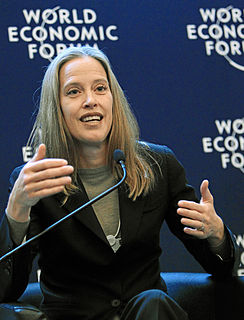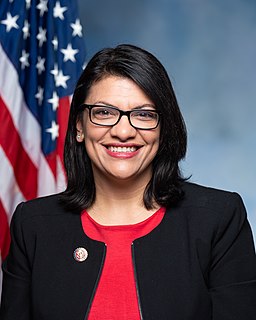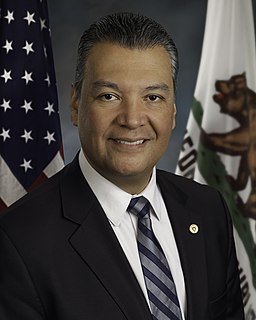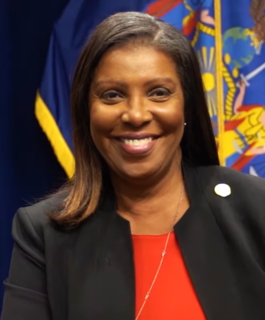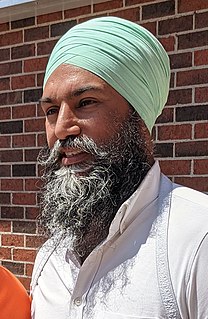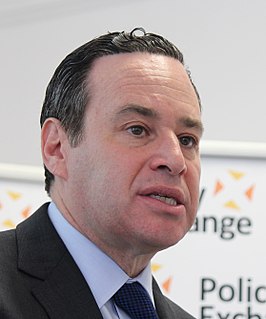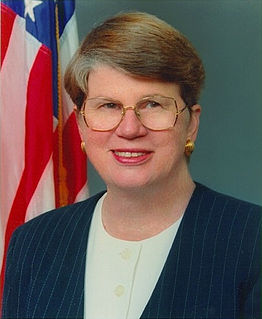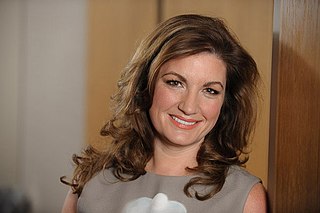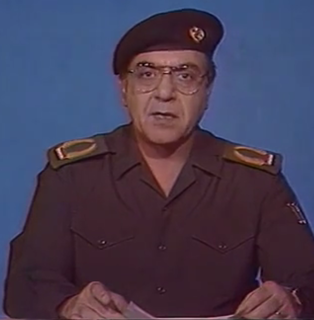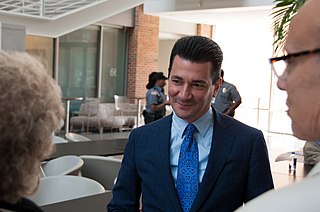A Quote by Wendy Kopp
I had been very focused on the issue of education disparities in our country, and literally, by the time kids are just nine years old, in low-income communities, they're already three or four grade levels behind nine-year-olds in high-income communities.
Related Quotes
The burning issue of our time is the growing inequality in income and wealth in our country, and it's got to be addressed. We've got to stop it. It's eroding our politics. It's separating our society into the haves and the have-nots. It's condemning a whole younger set of our population to not be able to enter the middle class. And, it hits hardest in the prairie areas of the United States, our small towns and communities, where the jobs just aren't available and the incomes are low.
Let's take the nine states that have no income tax and compare them with the nine states with the highest income tax rates in the nation. If you look at the economic metrics over the last decade for both groups, the zero-income-tax-rate states outperform the highest-income-tax-rate states by a fairly sizable amount.
All communities, and low-income communities especially because of food insecurity and lack of access to healthy foods, need more farmers markets, need more community gardens and urban farms. It would be great if people living in communities had the tools and resources to grow food in their own backyard - community-based food systems.
